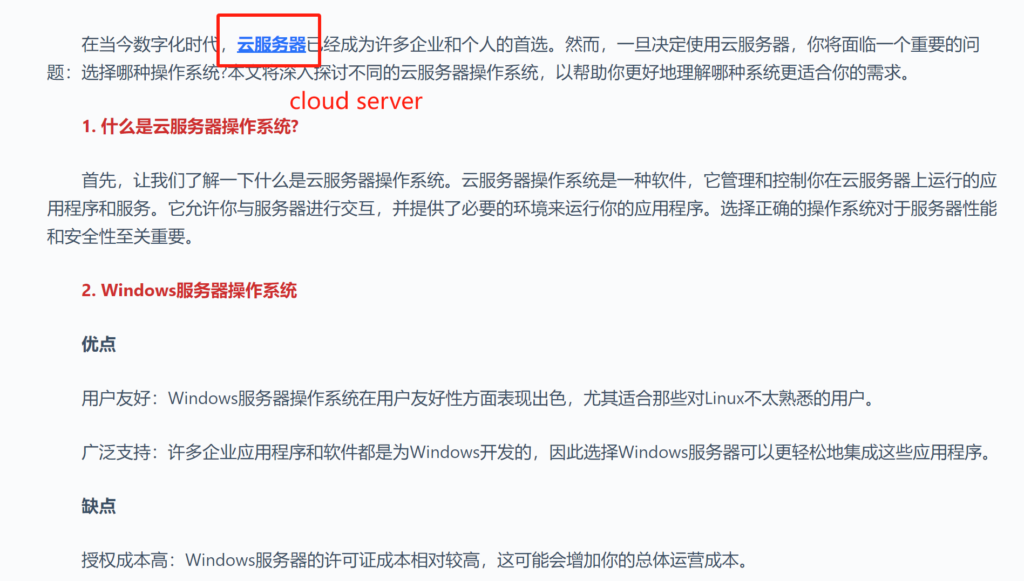Baidu SEO encompasses two critical aspects: on-site (internal) and off-site strategies. Among these, internal link optimization is paramount. Properly constructing internal links not only aids in improving search engine crawling and indexing efficiency but also contributes to enhanced website quality and content visibility. In this article, we will explore key points for effective website internal link optimization.

Tree-like Navigation Links:
Website navigation links play a crucial role in guiding search engine spiders and defining the crawling route. Main and multi-level navigations act as important links between various sections, facilitating recommendations for essential channels, categories, or content entrances. The structure of the main navigation and breadcrumb navigation should follow a logical tree layout. Alt attributes for image-based navigation provide additional assistance.

Relevant Internal Page Links:
The relevance of internal links is paramount, impacting both external and internal link strategies. From a user perspective, consider whether recommended articles or channel links align with the current page’s content and if users would want to explore related pages. Effective internal links should be contextually relevant or share the same thematic focus. Links within content should complement or expand upon each other logically.

Anchor Text Links for Internal Link Optimization:
For pages targeting a single primary keyword, a single anchor text link to related pages is acceptable. However, for pages focusing on multiple keywords, strategic planning of anchor text links is crucial. The first step involves selecting pages for anchor text display, followed by choosing anchor text based on the content of the linked pages. While this is relatively straightforward for individual pages, optimizing anchor texts for an entire site requires many expertises and considerations.
Avoiding Non-relevant Links:
While internal links are beneficial, it’s essential not to overdo it. The more links to the same page, the smaller the weight of each link. Excessive internal links can lead to a perception of an internal link cluster, where users struggle to access actual content. Avoid unnecessary interlinking between different sections. For example, users interested in fashion news may not have an immediate interest in IT content, and vice versa. Non-relevant links can adversely impact user experience, increasing bounce rates.
Internal Link Optimization Summary:
A well-optimized internal link structure significantly influences website rankings and authority. When diagnosing and optimizing a website, optimization professionals must tailor their approach based on the site’s unique characteristics and content. A strategic internal link framework positively impacts search engine visibility and user experience, underscoring the importance of a thoughtful and contextually relevant approach to internal link optimization.
